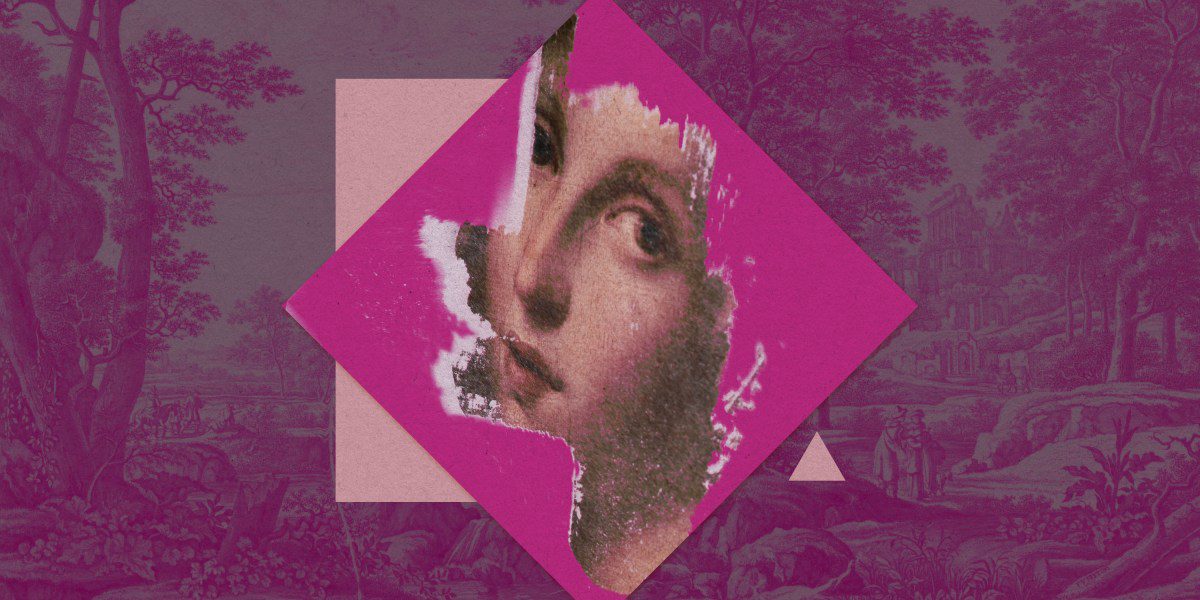The Rise of LightShed: A New Hope for Artists Facing AI Challenges
Let’s face it: being an artist in the digital age can feel like running a marathon on a treadmill that’s constantly speeding up. With AI models like those used by art platforms, protecting your creative work is becoming tougher than ever. Enter LightShed, a groundbreaking tool that aims to shield artists from the potential chaos of AI misinterpretations.
What Is LightShed and Why Does It Matter?
There’s a lot of buzz around AI these days, but let’s cut through the noise. LightShed isn’t about taking art; it’s here to expose the cracks in tools like Glaze and Nightshade—which, by the way, many artists are using to protect their art. But while these tools offer some level of defense, they’re not foolproof. As Hanna Foerster, a PhD student from the University of Cambridge, points out, “You won’t be sure if companies have methods to delete these poisons but will never tell you.”
Imagine you’re growing a beautiful garden but keep finding weeds sprouting up. You can pull them out all day, but if you’re not aware of how deep their roots go, those pesky plants will come back. Foerster’s team wants to tackle the root problem—understanding how these AI models interpret art and how to effectively “clean” the digital poison from it.
The Science Behind Digital Defense: Perturbations and Their Impact
So, how does this all work? AI models function by recognizing patterns, a bit like how we might remember someone’s face. Tools like Glaze and Nightshade disrupt these patterns by subtly altering the artwork—these adjustments are known as perturbations. They’re so slight that they don’t change how the art looks to us humans, but they confuse AI models enough to alter their understanding.
Think of it this way: imagine you’ve trained your dog to sit when you say “down.” Now, if you say “down” with a funny accent, your dog might get confused and not sit. That’s exactly what these digital tools do—by tweaking the art just enough, they make the AI misinterpret what it sees.
Glaze vs. Nightshade: A Quick Breakdown
- Glaze: Defends an artist’s unique style by making AI models misunderstand artistic styles, like thinking a photorealistic portrait is actually a cartoon.
- Nightshade: Works by making the subjects within the artwork appear incorrect to the AI, turning a cat into a dog in the eyes of the model.
Both have merit, but they’re not the endgame solution.
The Future: What Does LightShed Bring to the Table?
Foerster and her team at the Technical University of Darmstadt and the University of Texas at San Antonio created LightShed to effectively identify and eradicate the “poison” these perturbation tools apply. This method isn’t just a temporary fix; it’s like teaching a student how to study smarter, not harder.
The process is engaging, as they train LightShed by exposing it to art pieces with and without these protective tools. Foerster explains that identifying the threshold of how much “poison” can confuse an AI helps them understand just how to wash it off. LightShed even adapts to protect against other tools without needing prior experience with them!
Imagine a security system that learns to recognize every type of intrusion based on different past experiences—now that’s some impressive tech!
Are Existing Tools Enough?
Around 7.5 million users—mostly artists with limited resources—rely on Glaze to safeguard their work. But here’s the kicker: just because these tools exist doesn’t mean they’ll always work. The creators of Glaze and Nightshade themselves admit that these aren’t permanent solutions. The risk of being outpaced by AI advancements is real, and tools like LightShed serve as a stark reminder that artists must stay vigilant.
So, while artists may embrace these digital defenses now, it’s essential to acknowledge that innovation in this field is ongoing. As Foerster suggests, “It might need a few more rounds of trying to come up with better ideas for protection.”
Conclusion: The Fight for Creative Integrity
To wrap it up—artists, savvy digital users, and tech lovers—LightShed is not just another tool; it’s a tailored solution for a growing dilemma. While tools like Glaze and Nightshade provide some peace of mind, they’re not the ultimate answer to combating AI models that misinterpret artwork.
So what’s your take? Are you an artist using these digital safety nets, or a tech enthusiast following the evolution of AI? Let’s keep the conversation going about how we can protect creative integrity in the age of artificial intelligence.
For more insights on protecting your art in a tech-driven world, check out this article on copyright in the digital age.
Don’t let your art get lost in the digital shuffle!
